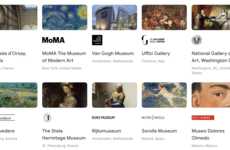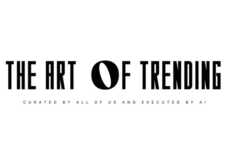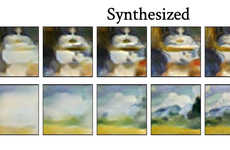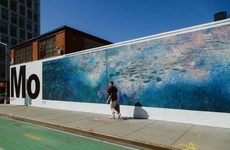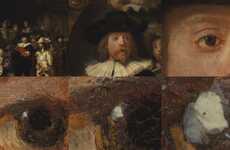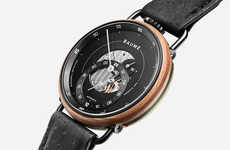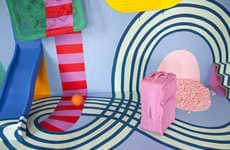
Google's MoMA Tool Helped Curators Sort Thousands of Images
Since the Museum of Modern Art's opening in 1929, curators have used photography to document exhibitions before they close, but a new MoMA tool developed in partnership with Google Arts & Culture Lab is making those old exhibition photos a far more practical resource. Thanks to the advanced machine-learning algorithms developed for Google Arts & Culture, thousands of unlabeled photos have now been sorted and included in MoMA's online collection.
Though humans could identify the works in the photographs themselves, the issue is related to time. Identifying one image could take anywhere from a few seconds to hours of research, and multiplying that by 30,000 made the prospect of a human-run project impractical. With Google's algorithm, MoMA was able to nearly immediately identify over 20,000 of the artworks in the exhibition photos, creating an even more robust network for the museum's website.
Though humans could identify the works in the photographs themselves, the issue is related to time. Identifying one image could take anywhere from a few seconds to hours of research, and multiplying that by 30,000 made the prospect of a human-run project impractical. With Google's algorithm, MoMA was able to nearly immediately identify over 20,000 of the artworks in the exhibition photos, creating an even more robust network for the museum's website.
Trend Themes
1. Machine-learning Image Sorting - Curatorial institutions can leverage machine-learning algorithms for efficient and organized digital archives of art collections.
2. Collaborative AI Applications - AI partnerships within cultural institutions can improve collection management by providing innovative solutions to previously time-consuming tasks.
3. Online Collection Expansion - Digitization efforts and machine-learning algorithms can enable museums to expand their collections online and enhance accessibility.
Industry Implications
1. Cultural Institutions - Museums, galleries, and libraries can leverage machine-learning algorithms for efficient management of collection archives and online databases.
2. Technology - Developers and tech companies can partner with curatorial institutions to provide AI solutions that enhance efficiency and accessibility.
3. Digital Marketing - Museums and galleries can increase online engagement through digitizing their archives and expanding their collections online, thereby reaching a broader audience.
5.3
Score
Popularity
Activity
Freshness

